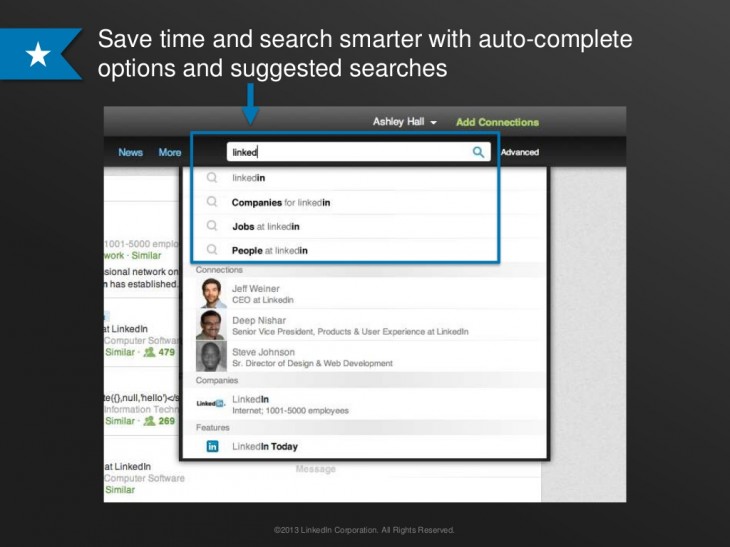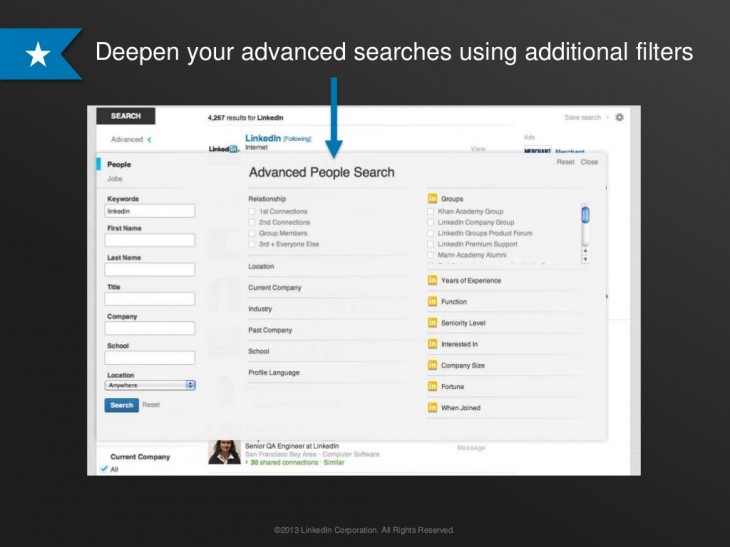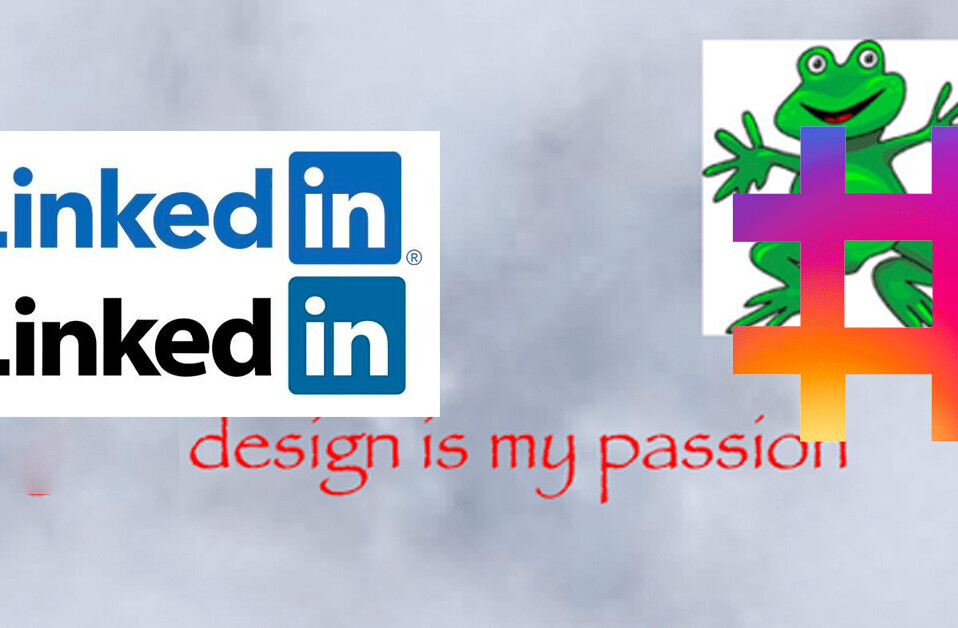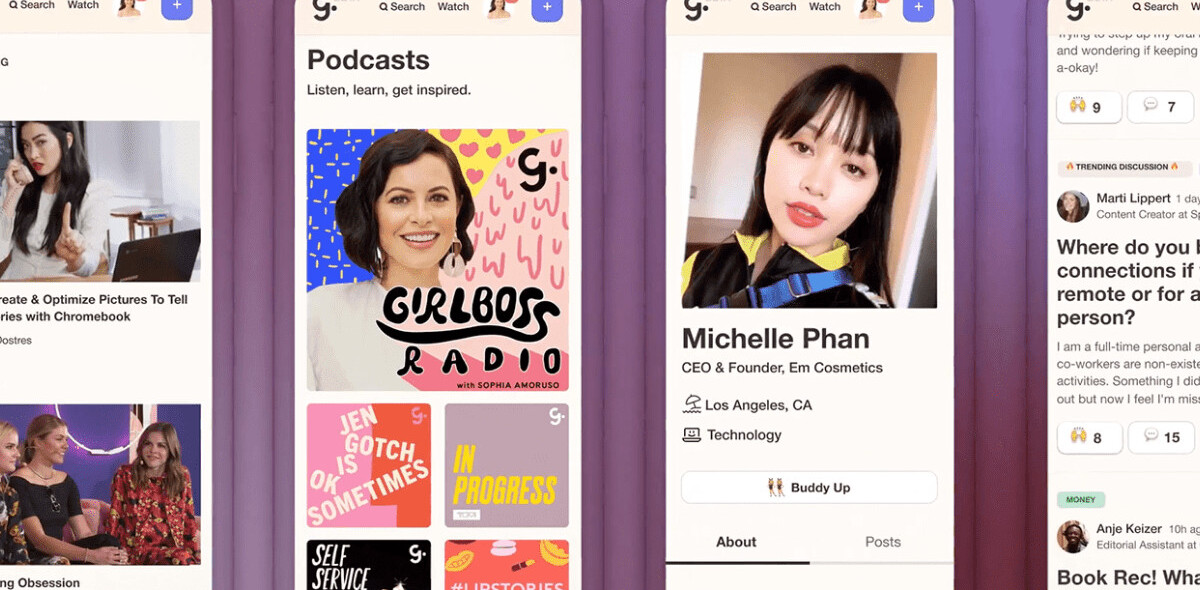
LinkedIn has given its search tool a major overhaul today, making it far easier to find relevant results regardless of whether you’re looking up people, companies, groups or jobs.
The update, rolling out to users globally in the coming weeks, includes unified search queries. Unlike before – where users would have to specify a certain category using the drop-down menu just to the left of the search bar – any query will now bring back results from multiple fields.
So searching for Google, for instance, should now bring back groups that contain the company name, as well as people who work there and current vacancies, in addition to the company’s dedicated profile page.

The auto-complete feature on Google has helped to speed up the process of entering search terms, and also make it easier to remember certain names or terms that it’s related to.
LinkedIn has adopted this too, so that users will see suggested options based on what they’re likely to be looking for. As with Google, the company also promises that as you continue to use the feature, LinkedIn will get better at predicting search queries.
Suggested search, meanwhile, is a more intricate feature best described by Jonathan Podemsky, Product Manager at LinkedIn:
“Now when you type in a search term such as “product manager” you’ll see example search queries for people or jobs related to product manager as well as a preview of top results to help you find what you’re looking for in one click.”
Advanced search, which allows users to find people based on a number of specific keywords and data fields including their name, title, company and location, has also been given a refresh.

The company hopes that it will now be easier for users to deepen their search queries when filtering by more obscure terms, such as industry of work, group membership and language.
For power users, particularly journalists who use the service to monitor specific companies or employees of great importance, automated alerts should come in handy. Now, it’s possible to save a search and be alerted whenever the results change.
Graph Search is available to “hundreds of thousands” of Facebook users right now, but we’re still waiting on a full public release. When it does, the social network will receive some significant enhancements as a business tool, making it easier to look up who in your circle of friends is part of a particular company, or holds certain skills.
LinkedIn therefore has a small window to re-emphasize its position as the leader in professional social networking. Better search functionality should undoubtedly be part of that offer, and retain its userbase if it can be as intelligent as it claims to be.
“LinkedIn’s search efforts are founded on the ability to take into account who you are, who you know, and what your network is doing to help you find what you’re looking for,” Podemsky said. “And we’ll continue iterating on this with better ways to surface new kinds of content across Linkedin, as well as more personalized results.”
Image Credit: Justin Sullivan/Getty Images
Get the TNW newsletter
Get the most important tech news in your inbox each week.




